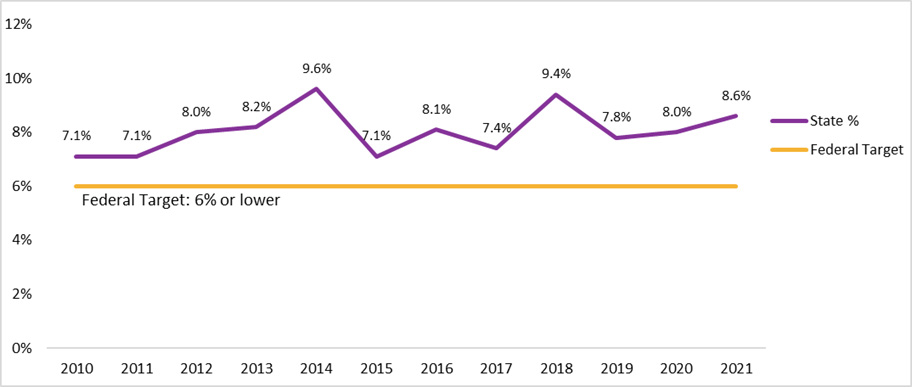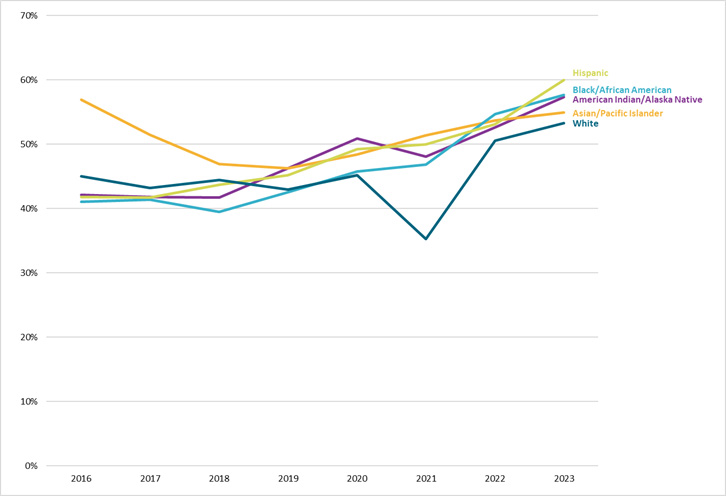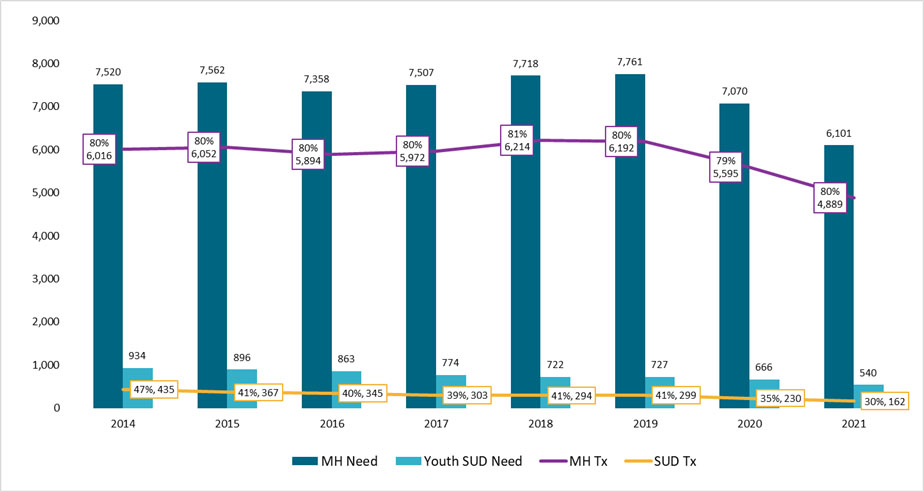Timely CPS Response
Timely CPS Response
When a child or group of children meets the legal criteria for an emergent response or is determined to be at "imminent risk" of harm, a worker must initiate a Child Protective Services (CPS) investigation and make face-to-face contact with the child within 24 hours of receipt of the report. During state fiscal year 2023, 81.3 percent of children in emergent reports were seen within 24 hours.
A Child Protective Services (CPS) report meeting the criteria for a non-emergent response requires workers to initiate a CPS investigation or a CPS Family Assessment Response (FAR) and make face-to-face contact with the child within 72 hours of receipt of the report. During state fiscal year 2022, 89.4 percent of children in non-emergent reports were seen within 72 hours.















